Healthy low fat low carb meals: Low-carb diets have been linked to a number of spectacular health benefits.
Research has proven that they’re particularly efficient at reducing hunger and aiding weight loss (1Trusted Source, 2Trusted Source).
They’ve also been related to decreased blood pressure and LDL (dangerous) cholesterol levels, in addition to increased HDL (good) cholesterol (3Trusted Source, 4Trusted Source).
What’s extra, low carb diets have been found to improve blood sugar control in these with sort 2 diabetes (5Trusted Source, 6Trusted Source).
Low carb diets sometimes present less than 130 grams of carbs per day, while very low carb diets sometimes present 20–50 grams of carbs per day (1Trusted Source).
However, some very low carb diets will be low in fiber, a nutrient that’s important for digestive, heart, and gut health (7Trusted Source, 8Trusted Source).
In reality, studies estimate that only 5% of American adults — unbiased of whether or not they eat low carb or not — meet the really useful 25–38 grams of fiber per day (10Trusted Source).
Fortunately, in case you comply with a low carb diet and are worried about your fiber intake, a number of tasty foods are each low in carbs and high in fiber.
Here are 14 healthy high fiber, low carb foods.
Table of Contents
1. Flax seeds
Flax seeds are small oil seeds which are filled with nutrients.
In explicit, they’re good sources of omega-3 fatty acids, fiber, and antioxidants. They’re also low in digestible net carbs — the whole grams of carbs minus the grams of fiber (11Trusted Source).
Notably, flax seeds have a lower ratio of omega-6 to omega-3 than most different oil seeds. This is important, as a lower omega-6 to omega-3 ratio has been related to a reduced risk of a number of chronic diseases (12Trusted Source).
Flax seeds are simply integrated into your diet and should be ground to reap all their potential health benefits (13Trusted Source).
Two tablespoons (14 grams) of ground flax seeds present 4 grams of fiber and 0 grams of internet carbs (14Trusted Source).
2. Chia seeds
Though small in size, chia seeds are rich in a number of nutrients.
In addition to being high in fiber, protein, and a number of vitamins and minerals, chia seeds are one of the best-known plant sources of omega-3 fatty acids (15Trusted Source).
Chia seeds will be sprinkled atop salads and yogurt or added to smoothies.
They also soak up liquids effectively, turning right into a gel that can be utilized as a vegan egg alternative or thickener for sauces and jellies.
Two tablespoons (30 grams) of chia seeds present 11 grams of fiber and 2 grams of internet carbs (16Trusted Source).
3. Avocado

High in healthy fat, avocados have a singular buttery texture.
Technically a fruit, avocados are sometimes consumed as a vegetable and will be added to a spread of dishes.
In addition to being rich in monounsaturated fat, avocados are a good supply of fiber, folate, potassium, and vitamins K and C (17Trusted Source).
One small (136 grams) avocado offers 9 grams of fiber and 3 grams of internet carbs (17Trusted Source).
4. Almonds
Almonds are among the many world’s most popular tree nuts.
Great for snacking, they’re extremely nutritious and rich in healthy fat, antioxidants, and important vitamins and minerals, including vitamin E, manganese, and magnesium (18Trusted Source).
As they’re also a good supply of fiber and protein, almonds could assist increase emotions of fullness and assist weight loss (19Trusted Source).
One ounce (28 grams) of raw almonds offers 4 grams of fiber and 3 grams of internet carbs (18Trusted Source).
5. Unsweetened coconut meat
Coconut meat is the white flesh inside a coconut.
It’s usually offered shredded and will be added to desserts, granola bars, and breakfast foods for added texture.
Coconut meat is high in healthy fats and fiber, while being reasonable in carbs and protein (20Trusted Source).
It’s also rich in a number of important minerals, particularly copper and manganese. Copper aids bone formation and heart health, while manganese is important for fat metabolism and enzyme perform (20Trusted Source, 21Trusted Source, 22Trusted Source).
One ounce (28 grams) of shredded, unsweetened coconut meat offers 5 grams of fiber and 2 grams of internet carbs (20Trusted Source).
6. Blackberries
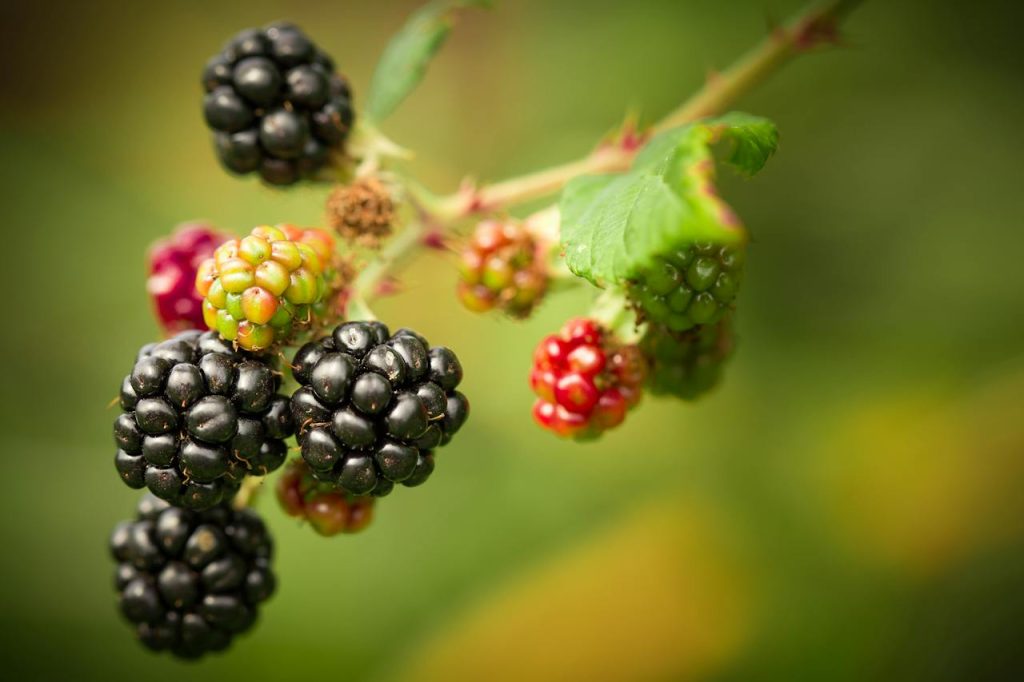
Sweet and tart, blackberries are a delicious summer season fruit.
They’re also extremely nutritious, with simply 1 cup (140 grams) boasting more than 30% of the Daily Value (DV) for vitamin C (23Trusted Source).
Berries are among the many most antioxidant-rich fruits. Regular intake has been related to a reduced risk of chronic inflammation, heart disease, and certain varieties of most cancers (24Trusted Source).
Additionally, a 1-week research in 27 males with extra weight or weight problems on a high fat diet found that eating blackberries day by day increased fat burning and insulin sensitivity (25Trusted Source).
One cup (140 grams) of blackberries offers 7 grams of fiber and 6 grams of internet carbs (23Trusted Source).
7. Raspberries
Another sweet but tart summer season fruit, raspberries are best loved shortly after buying.
Low in calories, they’re also surprisingly high in a number of important vitamins and minerals. In reality, simply 1 cup (140 grams) offers more than 50% of the DV for vitamin C and 41% of the DV for manganese (26Trusted Source).
Similarly to blackberries, raspberries are rich in disease-protecting antioxidants. They will be eaten as a snack, baked into desserts, and added to yogurt parfaits or in a single day oats (24Trusted Source).
One cup (140 grams) of raspberries offers 9 grams of fiber and 8 grams of internet carbs (26Trusted Source).
8. Pistachios
Humans have been eating pistachios since 6000 BC (27Trusted Source).
While technically a fruit, pistachios are culinarily used as a nut.
With their vibrant green shade and distinctive flavor, pistachios are popular in many dishes, including desserts, such as ice lotions and cakes.
Nutritionally, they’re high in healthy fat and vitamin B6, an important vitamin that aids blood sugar regulation and the formation of hemoglobin ((*14*), 29Trusted Source).
One ounce (28 grams) of shelled pistachios offers 3 grams of fiber and 5 grams of internet carbs ((*14*)).
9. Wheat bran

Wheat bran is the hard outer coating of the wheat kernel.
While it’s found naturally in whole grains, it might probably also be bought by itself so as to add texture and a nutty flavor to foods like baked goods, smoothies, yogurt, soups, and casseroles.
Wheat bran is rich in a number of important vitamins and minerals, with 1/2 cup (30 grams) offering 41% of the DV for selenium and more than 140% of the DV for manganese (30Trusted Source).
Although, maybe what it’s best recognized for is its spectacular amount of insoluble fiber, a nutrient that may assist deal with constipation and promote common bowel actions (31Trusted Source).
A 1/4-cup (15-gram) serving of wheat bran offers 6 grams of fiber and 4 grams of internet carbs (30Trusted Source).
10. Cauliflower
Cauliflower is a popular merchandise on low carb diets, as it may be riced for a grain substitute and even made right into a low carb pizza crust.
Part of the Brassica household, cauliflower is a cruciferous vegetable that’s low in calories and carbs but high in fiber, vitamins, and minerals (32Trusted Source).
It’s also a good supply of choline, which is important for brain and liver health, in addition to metabolism and DNA synthesis (33Trusted Source).
One cup (85 grams) of chopped cauliflower offers 2 grams of fiber and 2 grams of internet carbs (32Trusted Source).
11. Broccoli
Broccoli is a popular cruciferous vegetable that’s high in a number of important nutrients.
In addition to being low in calories, it’s high in fiber and a number of important vitamins and minerals, including folate, potassium, and vitamins C and K (34Trusted Source).
It also boasts extra protein than many different vegetables.
While it may be loved cooked or raw, analysis shows that steaming it offers the best health benefits (35Trusted Source).
One cup (71 grams) of raw broccoli florets offers 2 grams of fiber and 3 grams of internet carbs (34Trusted Source).
12. Asparagus
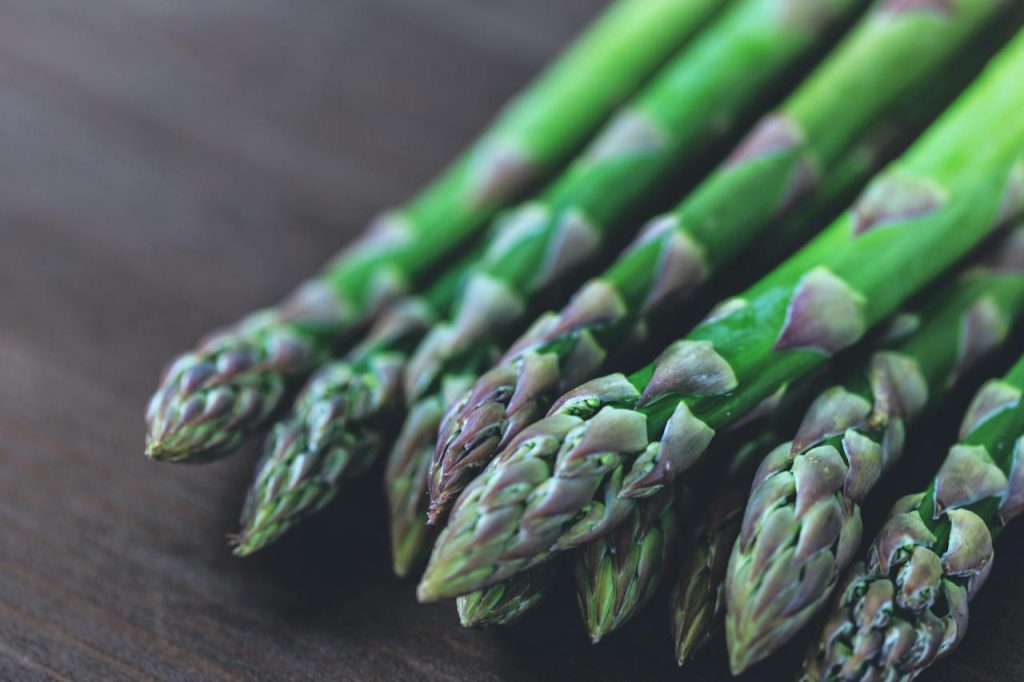
A popular springtime vegetable, asparagus comes in a number of colours, including green, purple, and white.
It’s low in calories but high in vitamin K, offering 46% of the DV in 1 cup (134 grams). The same serving also packs 17% of the DV for folate, which is important during pregnancy and helps with cell growth and DNA formation (36Trusted Source, 37Trusted Source).
While it’s normally cooked, raw asparagus can add a pleasing crunch to salads and veggie platters.
One cup (134 grams) of raw asparagus offers 3 grams of fiber and 2 grams of internet carbs (36Trusted Source).
13. Eggplant
Also often known as aubergines, eggplants are used in many dishes around the globe.
They add a singular texture to dishes and contain only a few calories.
They’re also a good supply of fiber and a number of vitamins and minerals, including manganese, folate, and potassium (38Trusted Source).
One cup (82 grams) of raw, cubed eggplant offers 3 grams of fiber and 2 grams of internet carbs (38Trusted Source).
14. Purple cabbage
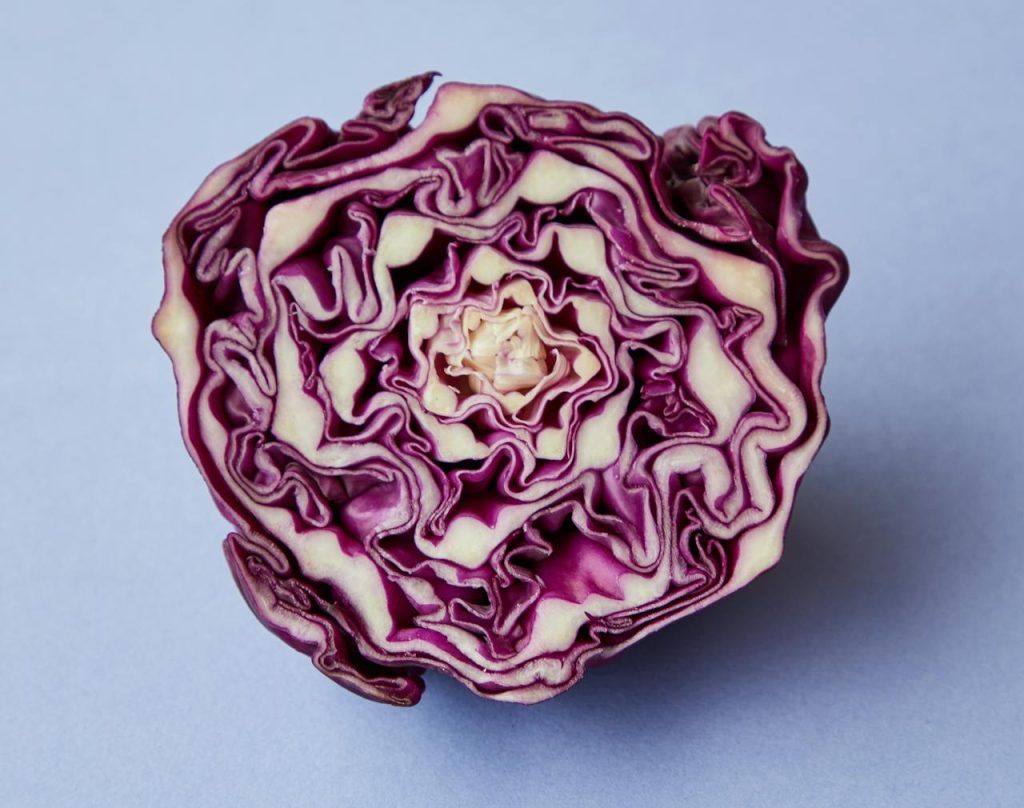
Also known as red cabbage, purple cabbage is a nutritious way so as to add a pop of shade to your dishes.
While it tastes just like green cabbage, the purple selection is increased in plant compounds which have been linked to health benefits, such as improved heart and bone health, reduced inflammation, and safety against certain varieties of most cancers (39Trusted Source, 40Trusted Source)
Purple cabbage is also low in carbs, high in fiber, and an wonderful supply of vitamins C and K (41Trusted Source).
One cup (89 grams) of chopped red cabbage offers 2 grams of fiber and 5 grams of internet carbs (41Trusted Source).
- Read more: Can I lose 10 pounds in one month?
- Read more: Is it bad to want to lose weight fast?
- Read more: 9 health benefits of vegetables legumes and beans
- Read more: 6 Best candy for weight loss – Science based
The bottom line (Healthy low fat low carb meals)
Whether you’re in weight loss or decreasing your blood sugar levels, eating fewer carbs can have quite a few health benefits.
And regardless of what you may suppose, you’ll be able to reduce your carb intake while getting enough fiber.
In reality, many low carb, high fiber foods are healthy and extremely delicious.
Pros of Healthy Low-Fat, Low-Carb Meals:
- Slimmer Jeans Potential:
- Pro: Low-fat, low-carb meals are like fashion designers for your jeans. They help you slip into those skinny jeans with less drama. No more jeans doing the conga line to fit!
- Con: But beware, it won’t magically turn your closet into a fashion runway. Low-fat, low-carb is a fashion assistant, not a miracle tailor.
- Energy Boost Extravaganza:
- Pro: These meals are like a power-up for your day. It’s like giving your energy bar an upgrade without the sugar crash. No energy rollercoaster, just a smooth ride!
- Con: However, it won’t transform you into the Energizer Bunny. Low-fat, low-carb is an energy boost, not a caffeine injection.
- Healthy Heart Party:
- Pro: Your heart will throw a disco party with these meals. They’re like the heart’s DJ, playing the groovy tunes of good cholesterol. Heartbeats in harmony!
- Con: But, sorry, it won’t make your heart dance the salsa. Low-fat, low-carb is heart-friendly, not a dance instructor.
- No Guilt Gourmet:
- Pro: Say goodbye to food guilt! Low-fat, low-carb meals are the nutrition ninjas that sneak into your diet without leaving a trace of remorse. Eating without the emotional baggage!
- Con: However, it won’t make you immune to the guilt-trip when you skip the gym. Nutrition ninjas can’t fight off guilt from a lazy day.
- Waistline Watcher’s Dream:
- Pro: These meals are like the personal trainers of your waistline. They keep it in check without making you do a thousand crunches. Waistline on autopilot!
- Con: But don’t expect them to sculpt abs of steel. Low-fat, low-carb is a helper, not a magical six-pack genie.
Cons of Healthy Low-Fat, Low-Carb Meals:
- Taste Tango Trouble:
- Pro: Sometimes, the taste can be like a silent disco – not everyone’s cup of tea. Low-fat, low-carb meals might not win the flavor Olympics. Flavor Olympics: where taste buds do the judging!
- Con: But hey, it won’t turn your taste buds into picky food critics. Low-fat, low-carb is a taste bud negotiator, not a culinary judge.
- Carb Farewell Fiesta:
- Pro: Carbs might feel left out of the party. It’s like saying goodbye to your favorite dance partner in the food tango. Carbs, the wallflowers of the plate!
- Con: Yet, it won’t erase the memory of that delicious pasta. Low-fat, low-carb is a farewell, not an amnesia potion for carb cravings.
- Social Scene Struggle:
- Pro: Social gatherings might become a puzzle. It’s like fitting low-fat, low-carb meals into a potluck full of mystery dishes. Potluck Sudoku, anyone?
- Con: But it won’t make you the potluck puzzle champion. Low-fat, low-carb is a social scene decoder, not a potluck Sudoku master.
- Craving Crisis:
- Pro: Cravings might pull a surprise attack. It’s like cravings playing hide-and-seek, only they’re pros at hiding. Cravings: the hide-and-seek champions!
- Con: Unfortunately, it won’t turn you into a craving detective. Low-fat, low-carb is a defense, not a cravings detective agency.
- Mealtime Monotony:
- Pro: Variety might take a vacation. It’s like the food menu going on a cruise, leaving you with the same dishes on repeat. Menu, the globe-trotting flavor explorer!
- Con: But don’t expect it to bring back exotic flavors from its vacation. Low-fat, low-carb is a routine regulator, not a culinary travel agent.
People also ask:
What foods are low in carbohydrates and low in fat?
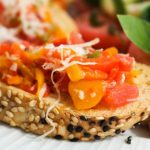
Low-carb, low-fat foods are like the superheroes of the grocery store – lean, mean, and ready to rescue your waistline. Think of them as the Batman and Wonder Woman of your diet. Load up on veggies; they’re the veggie avengers, fighting the carb and fat villains. Broccoli, the superhero in disguise! Chicken and turkey are the protein protectors, saving you from diet disasters. They’re the caped crusaders of your plate! But watch out for the sugary snacks; they’re the diet jokers, trying to sabotage your healthy quest. Snacks, the tricksters of the pantry! So, grab your shopping cape, and let the low-carb, low-fat adventure begin!
Can you do low-carb and low fat diet together?

Absolutely! Doing a low-carb, low-fat diet is like creating the ultimate diet Avengers – a dynamic duo fighting the battle of the bulge. It’s Batman and Robin in the world of calories. Pair your lean proteins like chicken (the diet knight) with veggies (the fiber sidekick) for a powerful plate. They’re the crime-fighting duo against the evil calories! But beware of the sugar villains lurking in disguise; they’re like the diet Lex Luthor, trying to ruin your healthy mission. Sugar, the sneaky supervillain! So, grab your diet cape, because with low-carb and low-fat, you’re not just dieting – you’re saving the day!
What is the best low carb diet to lose fat?
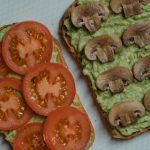
The best low-carb diet to lose fat is like finding the superhero movie of diets – exciting and effective. It’s not just a diet; it’s a blockbuster for your belly. Enter the world of keto, the diet protagonist. Keto, the superhero fighting the carb villains! It’s a low-carb paradise where carbs are the exiled bad guys, and fats become the unlikely heroes. Fats, the undercover superheroes of keto! Just remember, it’s not a magic potion; you won’t wake up with abs like Thor. No diet sorcery here! But with keto, you’re on a fat-burning adventure, and who knows, maybe your abs will get a cameo.
